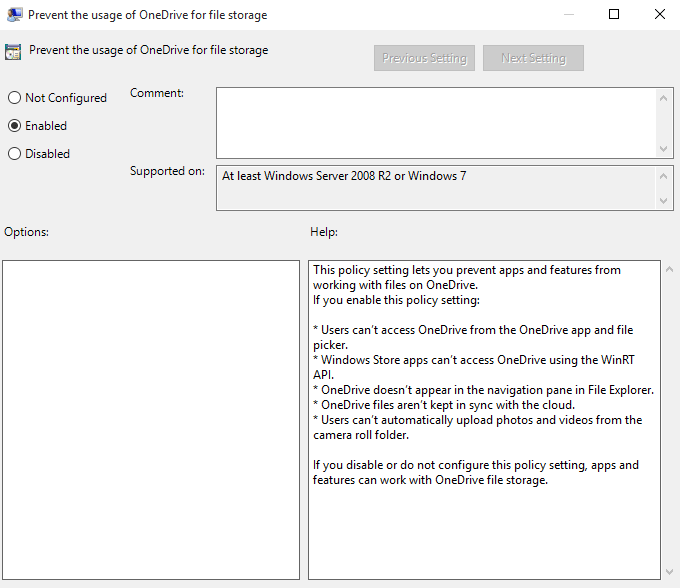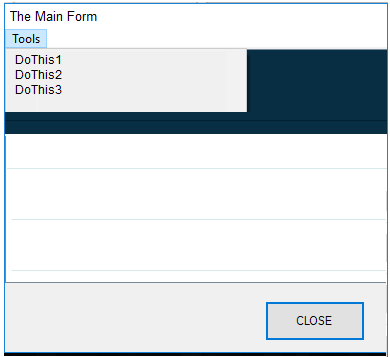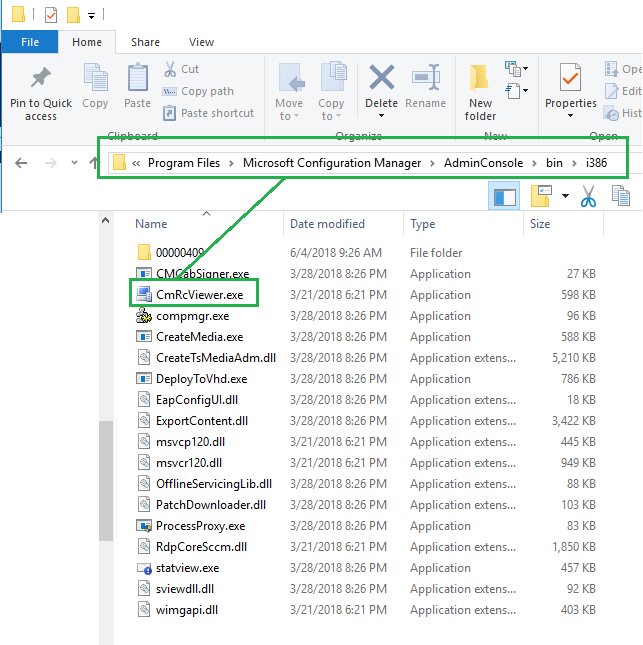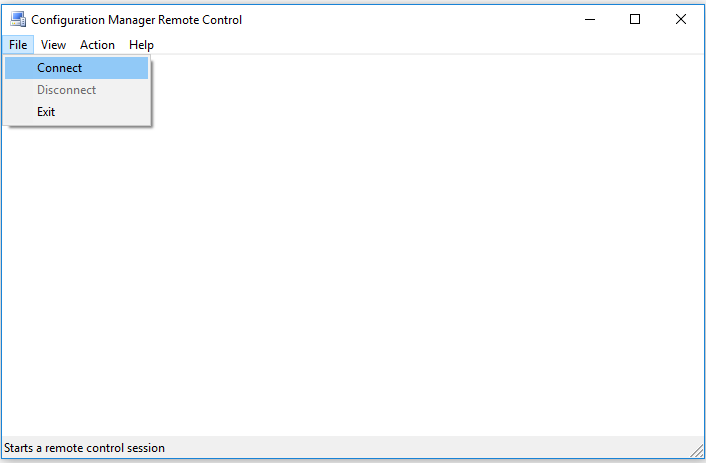
This is how you would search a SQL DB looking for a specific element. Just change @SearchStrColumnValue = “%DoWhatYouWantToSearchFor%”.
DECLARE @SearchStrTableName nvarchar(255), @SearchStrColumnName nvarchar(255), @SearchStrColumnValue nvarchar(255), @SearchStrInXML bit, @FullRowResult bit, @FullRowResultRows int
SET @SearchStrColumnValue = '%mail%' /* use LIKE syntax */
SET @FullRowResult = 1
SET @FullRowResultRows = 3
SET @SearchStrTableName = NULL /* NULL for all tables, uses LIKE syntax */
SET @SearchStrColumnName = NULL /* NULL for all columns, uses LIKE syntax */
SET @SearchStrInXML = 0 /* Searching XML data may be slow */
IF OBJECT_ID('tempdb..#Results') IS NOT NULL DROP TABLE #Results
CREATE TABLE #Results (TableName nvarchar(128), ColumnName nvarchar(128), ColumnValue nvarchar(max),ColumnType nvarchar(20))
SET NOCOUNT ON
DECLARE @TableName nvarchar(256) = '',@ColumnName nvarchar(128),@ColumnType nvarchar(20), @QuotedSearchStrColumnValue nvarchar(110), @QuotedSearchStrColumnName nvarchar(110)
SET @QuotedSearchStrColumnValue = QUOTENAME(@SearchStrColumnValue,'''')
DECLARE @ColumnNameTable TABLE (COLUMN_NAME nvarchar(128),DATA_TYPE nvarchar(20))
WHILE @TableName IS NOT NULL
BEGIN
SET @TableName =
(
SELECT MIN(QUOTENAME(TABLE_SCHEMA) + '.' + QUOTENAME(TABLE_NAME))
FROM INFORMATION_SCHEMA.TABLES
WHERE TABLE_TYPE = 'BASE TABLE'
AND TABLE_NAME LIKE COALESCE(@SearchStrTableName,TABLE_NAME)
AND QUOTENAME(TABLE_SCHEMA) + '.' + QUOTENAME(TABLE_NAME) > @TableName
AND OBJECTPROPERTY(OBJECT_ID(QUOTENAME(TABLE_SCHEMA) + '.' + QUOTENAME(TABLE_NAME)), 'IsMSShipped') = 0
)
IF @TableName IS NOT NULL
BEGIN
DECLARE @sql VARCHAR(MAX)
SET @sql = 'SELECT QUOTENAME(COLUMN_NAME),DATA_TYPE
FROM INFORMATION_SCHEMA.COLUMNS
WHERE TABLE_SCHEMA = PARSENAME(''' + @TableName + ''', 2)
AND TABLE_NAME = PARSENAME(''' + @TableName + ''', 1)
AND DATA_TYPE IN (' + CASE WHEN ISNUMERIC(REPLACE(REPLACE(REPLACE(REPLACE(REPLACE(@SearchStrColumnValue,'%',''),'_',''),'[',''),']',''),'-','')) = 1 THEN '''tinyint'',''int'',''smallint'',''bigint'',''numeric'',''decimal'',''smallmoney'',''money'',' ELSE '' END + '''char'',''varchar'',''nchar'',''nvarchar'',''timestamp'',''uniqueidentifier''' + CASE @SearchStrInXML WHEN 1 THEN ',''xml''' ELSE '' END + ')
AND COLUMN_NAME LIKE COALESCE(' + CASE WHEN @SearchStrColumnName IS NULL THEN 'NULL' ELSE '''' + @SearchStrColumnName + '''' END + ',COLUMN_NAME)'
INSERT INTO @ColumnNameTable
EXEC (@sql)
WHILE EXISTS (SELECT TOP 1 COLUMN_NAME FROM @ColumnNameTable)
BEGIN
PRINT @ColumnName
SELECT TOP 1 @ColumnName = COLUMN_NAME,@ColumnType = DATA_TYPE FROM @ColumnNameTable
SET @sql = 'SELECT ''' + @TableName + ''',''' + @ColumnName + ''',' + CASE @ColumnType WHEN 'xml' THEN 'LEFT(CAST(' + @ColumnName + ' AS nvarchar(MAX)), 4096),'''
WHEN 'timestamp' THEN 'master.dbo.fn_varbintohexstr('+ @ColumnName + '),'''
ELSE 'LEFT(' + @ColumnName + ', 4096),''' END + @ColumnType + '''
FROM ' + @TableName + ' (NOLOCK) ' +
' WHERE ' + CASE @ColumnType WHEN 'xml' THEN 'CAST(' + @ColumnName + ' AS nvarchar(MAX))'
WHEN 'timestamp' THEN 'master.dbo.fn_varbintohexstr('+ @ColumnName + ')'
ELSE @ColumnName END + ' LIKE ' + @QuotedSearchStrColumnValue
INSERT INTO #Results
EXEC(@sql)
IF @@ROWCOUNT > 0 IF @FullRowResult = 1
BEGIN
SET @sql = 'SELECT TOP ' + CAST(@FullRowResultRows AS VARCHAR(3)) + ' ''' + @TableName + ''' AS [TableFound],''' + @ColumnName + ''' AS [ColumnFound],''FullRow>'' AS [FullRow>],*' +
' FROM ' + @TableName + ' (NOLOCK) ' +
' WHERE ' + CASE @ColumnType WHEN 'xml' THEN 'CAST(' + @ColumnName + ' AS nvarchar(MAX))'
WHEN 'timestamp' THEN 'master.dbo.fn_varbintohexstr('+ @ColumnName + ')'
ELSE @ColumnName END + ' LIKE ' + @QuotedSearchStrColumnValue
EXEC(@sql)
END
DELETE FROM @ColumnNameTable WHERE COLUMN_NAME = @ColumnName
END
END
END
SET NOCOUNT OFF
SELECT TableName, ColumnName, ColumnValue, ColumnType, COUNT(*) AS Count FROM #Results
GROUP BY TableName, ColumnName, ColumnValue, ColumnType
Notes
SQL – Search for Table Name






